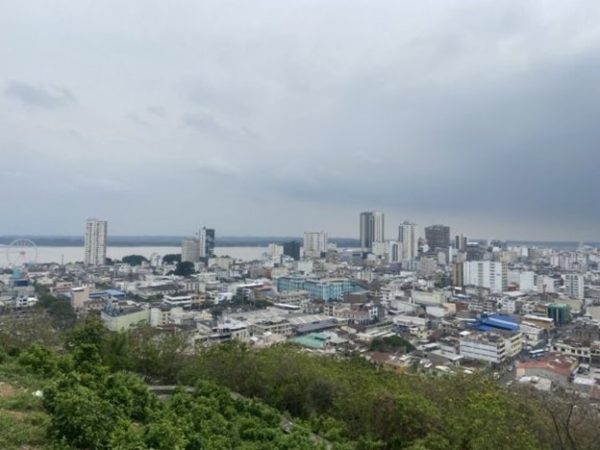
HAVANA TIMES – “For a couple of years now we’ve been seeing the violence growing so fast,” said José, who asked not to give his last name for fear of reprisals he may face in Monte Sinai, a low-income neighborhood in Ecuador’s most populous city, Guayaquil.
José, a 45-year-old Venezuelan, came here looking for a better life in 2019. “You could scrape by, barely, but you could make a living,” he said.
For José, Ecuador offered an opportunity for a peaceful life that allowed him to cover his expenses and raise his three children, something he could no longer do in his native Venezuela. He first moved to a shantytown in this part of western Guayaquil, which is also the country’s main port and one of its two economic hubs, along with Quito, the capital.
José paused before telling IPS: “In the last two years, the violence has accelerated, it’s impossible to live.”
This South American country has recently become one of the most violent in Latin America and the world. And José’s anxious observations coincide with the analysis of different organizations and experts.
Ecuador’s geographic position between two cocaine producers, Colombia and Peru, make it a strategic location for drug distribution across the Pacific Ocean.
The demand for drug trafficking, the gradual economic devastation and the weakening of the country’s political system exacerbated in 2023 with the dissolution of the legislature and a call for early elections, helped strengthen criminal gangs, which began to take root in Ecuador as part of the chain of trafficking of cocaine and other drugs.
Growing institutional corruption enabled the gangs to infiltrate the police and the prison system, making it easier for imprisoned criminal leaders to turn prison facilities, intended for rehabilitation, into their centers of operations and expansion.
In the gangs’ struggle to gain control, in 2021, the first large-scale massacre inside a prison in Ecuador occurred, something that became routine as the violence escalated.
For years in Ecuador, criminal organizations have been coordinating their actions against the State, according to Renato Rivera-Rhon, an organized crime and security analyst. “Prisons are an environment of opportunity for organized crime in Ecuador,” he said in an interview with InSightCrime, an organization that focuses on criminal activities.
Rivera-Rhon mentioned that networks within prisons facilitate dialogue, and gang leaders have lawyers within the network, indicating the existence of a web of a certain level of agreements between organized crime gangs.

José told IPS how he went from being a street vendor outside schools in Guayaquil without any complications to becoming a victim of extortion, forced to make “protection payments” known locally as “vacunas” or vaccines.
Monte Sinai was one of the first areas in Guayaquil where residents and business owners became the victims of criminal gangs who began demanding “vacunas”, although none of the residents consulted by IPS would identify the group that controls the area, and they never refer to it by name.
The extortion method varies depending on the business and the payment can be demanded weekly, monthly or, as in José’s case, daily. “One of them (a gang member) would hang around when I was selling outside the schools, and would keep track of how much I sold and charge me a thi


